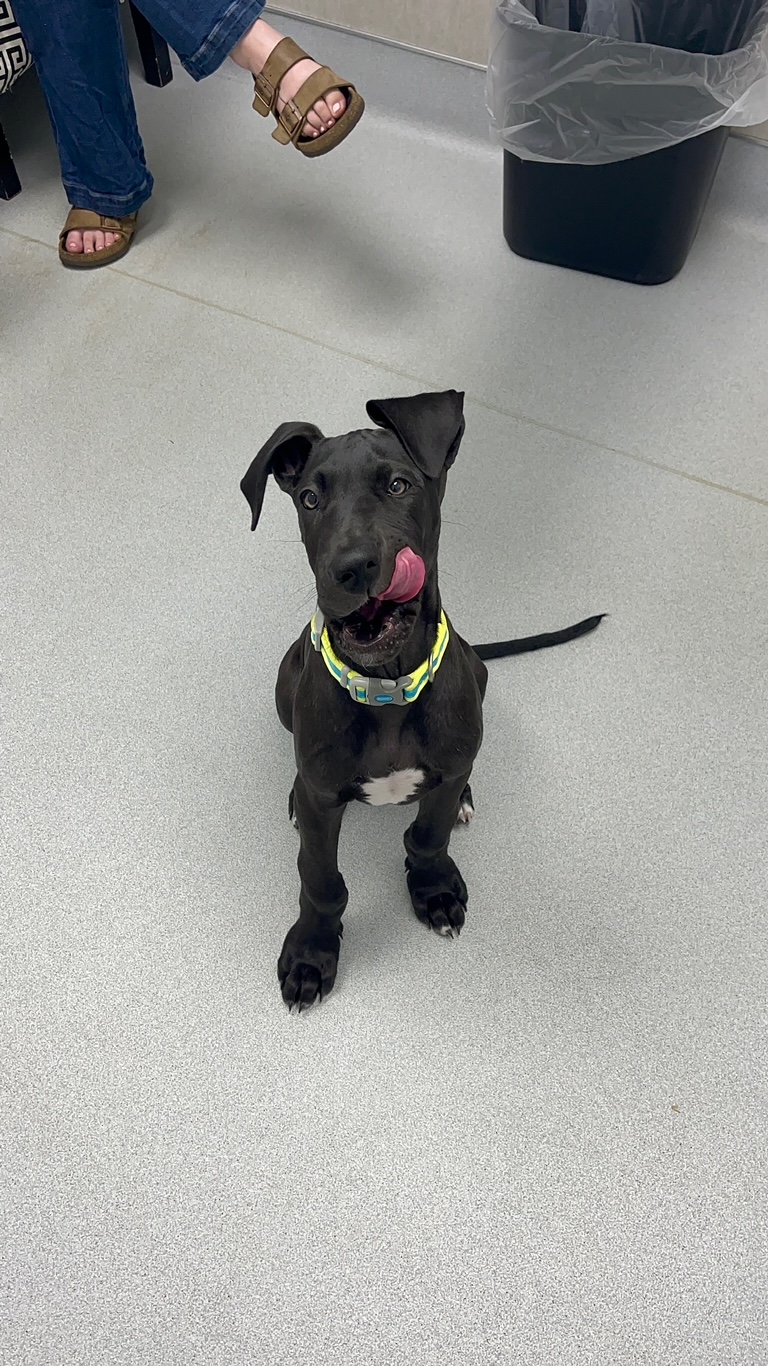MICROCHIPPING – WHAT YOU NEED TO KNOW!
Fido or Felix breaks out the front door, gets spooked by fireworks or a loud noise, wanders off on a hiking or camping trip, is involved in a car accident, or is stolen. What do you do?
The fact is, some pets do go LOST or STOLEN! Despite the well intentions of a pet owner, things just happen that are beyond all control.
Microchipping may be one way to help get your fur baby back into your loving arms.
What Does the Microchipping Procedure Entail?
A radio-frequency identification (RFID) chip is implanted under your dog’s or cat’s skin by a veterinarian. The microchip is typically embedded near the shoulder area.
Although the procedure may sound a bit scary, it’s super quick with little, to no pain inflicted on your fur baby. Basically, it’s like giving them a vaccination. Each microchip has a unique identifier.
How Does Microchipping Work?
Once your doggie or kitty has been found, the embedded microchip can be scanned with a reader and your pet’s registration information, identified.
Registration
For this pet technology to work properly, the microchip must be REGISTERED after it’s implanted. In addition, registration MUST be kept up to date!
Registration places your pet’s unique identifier into a national database making it easier to identify your pet, even if they happen to be found in a different state.
There is a nominal charge for registration. The national registry is a database that will house important information about the owner, and details about the pet. Emergency contacts can also be added for an extra level of protection.
Advantages of Microchipping Your Pet
By far, there are more advantages to microchipping than not:
- As mentioned earlier, the procedure is quick, and relatively painless
- The microchip is unique to each pet
- Registered into a national database
- The imbedded chip will not get lost (as opposed to it being on a collar)
- The chip can be read easily with just a swipe
- Registration is easy
- Very helpful in proving that you are the actual pet owner (especially if your dog is stolen)
- A microchip keeps your personal information safer than a dog tag
- Minimal cost
Just a Few Disadvantages to Microchipping
As mentioned earlier, the advantages to microchipping by far outweigh the disadvantages. Also, keep in mind that in addition to the cost of registration, your veterinarian will charge for implantation. It’s best to do the procedure as part of a routine check-up.
Here are just a few things to consider:
- In very rare cases, the microchip may float once embedded (important the entire shoulder area is scanned to detect the chip)
- Although universal scanners exist, older versions of microchips may not be compatible
- Avid chips can only be detected by particular scanners
- Not all rescues, veterinary clinics, etc. have access to different types of scanners (this could mean your pup’s chip goes undetected)
- The microchip does NOT have a GPS technology
- Some animals may have a negative reaction to the procedure (very rare)
How Do I Know if My Dog is Already Microchipped?
Some breeders will microchip puppies before sending them off to their furever homes. As the new pawrent, you will need to register the microchip.
Additionally, adopted and/or rescued pups may come to you with a chip that will either need updated, or registered.
A trip to your local veterinarian and a quick scan can typically identify an already microchipped pup.
What to Do if Your Pet is Lost?
On a positive note, if there is one in this instance, you were a responsible pet owner and your lost pet is microchipped. Immediately, contact the registration company with your pet’s unique identification number.
A blast of emails and faxes will be sent out to veterinarians, local rescues, shelters and neighbors who have signed up for lost pet alerts.
The goal is to unify the community in finding your lost pet. If your lost pet shows up on your doorstep, all on his own, be sure to contact the company of their safe return. This will disable the prior alerts.
Final Thoughts on Microchipping!
Losing a beloved pet can be heartbreaking. If there is technology available to help prevent this from happening, we are all for it!By far, the advantages of microchipping outweigh, the disadvantages. However, we know the ultimate decision is a personal one. Your veterinarian is full of valuable information. They can be quite helpful in making this decision.











